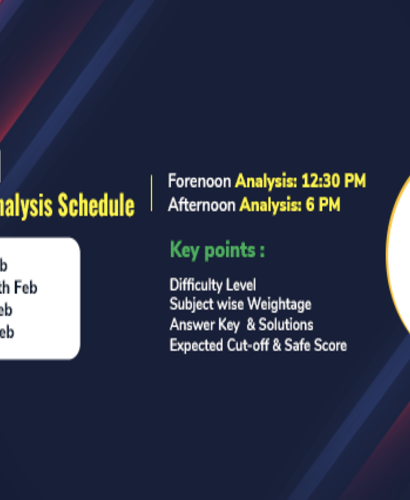Coronavirus – the deadly virus created a furor in the global market and brought the global economy to a standstill.
Result: Increased growth in unemployment status.
Implications: Employers were left high and dry during the global economy breakdown. As they faced the difficult question of – how to pay their employees or even keep them employed?
But like for every problem there is a solution talent management professionals came up with a solution for this one too.
Innovative approaches were put into practice to ensure that the top talent was not only retained but also engaged.
Innovative?
Yes, innovative!
As the unemployment rate increased there were certain market sectors where the recruitment drive was on in full swing.
This pandemic-driven demand created need for new workers in the market. The entire market was in chaos – while there were employees who were either fired or furloughed there was a segment where the demand for employees skyrocketed.
Enter Employee Sharing – the Innovative Approach to Talent Management!
Wait! What is Employee Sharing?
Defined simply, employee sharing means ‘sharing’ of employees between employers who either were on the verge of losing jobs with the employers who need employees to meet the burgeoning demands of business.
As mentioned earlier about the growing rate of unemployment during the COVID crisis, talent management professionals came up with this novel idea to ‘share’ the employees so as to keep the employees employed.
This solution, initially, was meted from one business house to another, however, soon the employers realize that they can share the employees within their different departments as well.
While ‘employee sharing’ gained popularity amid COVID crisis, it may not the be the permanent solution post the pandemic crisis.
What was the solution?
Employers all over the world shared common concern –
- How to retain their talent amid the COVID crisis?
- How to keep them engaged while working remotely?
- How to take care of their employees’ wellness as working from home became a new norm?
No matter what the talent management practices were before this pandemic hit the world, it’s a given that the post-COVID scenario is going to change drastically. It is also understood that talent management professionals have loads of work ahead, if they wish to not only retain their employees but also keep them motivated during these times.
Now the big question facing employers was – What should be their approach to talent management?
In all honest, the current situation makes it rather difficult either for the employers or even for the talent management professionals to predict the future of employee landscape.
Ys, there were sudden drastic changes in the corporate world – numerous organizations had to rethink their workforce strategies and introduce work-from-home, remote working, and telecommuting. This was hard for the organizations that didn’t have any of these arrangements prior to the crisis hit the businesses.
With society as a whole and even the global economy accepting the current situation as the ‘new normal,’ it is time for organizations to determine how the future of their employees will shape up. Especially when the employers and the employees both face –
- a business environment that is entirely different,
- employees’ preferences that have also changed during the pandemic
- new safety measures for both employees and employers
Re-engaging their employees is also one of the major concerns that a talent management professional should address. This is also the time when the role of an HR professional becomes more important as she ensures employees’ concerns are addressed.
This will be time when organizations need to understand the importance of being proactive in their discussions with the employees – as it is the only thing that will set them apart from their competitors and even support their continuous efforts to retain their top talent.
Decisions like whether to restart the physical office or continue the work-from-home practices or blend them both become crucial for talent management professional. She needs to take in account the willingness of employees whether they wish to return to the physical environment of workplace or are comfortable to work from home.
All in all, whether the organizations go for work from home scenario or call the employees back into the physical space of workforce culture, it is important to understand the responsibility of the HR Professional’s becomes all the important.
Why?
It will be an HR Professional’s responsibility to ensure everything, every transition is going smoothly or goes smoothly.












